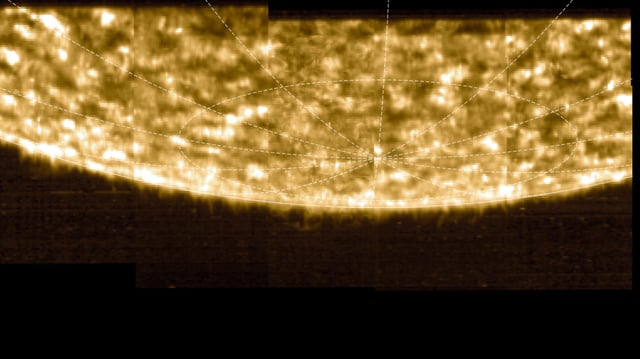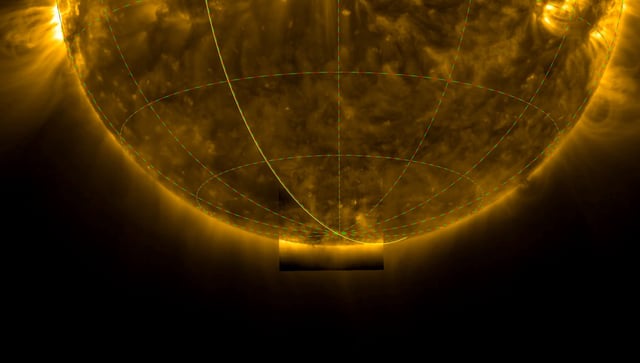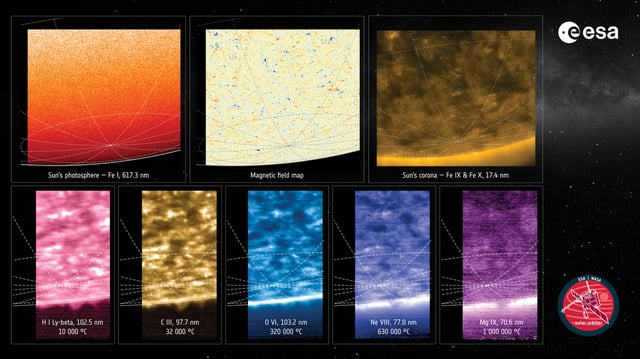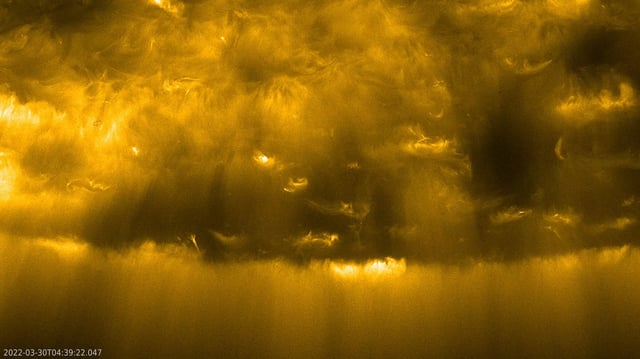Overview
- The Solar Orbiter used a gravity-assist flyby of Venus in February to tilt its orbit 17 degrees below the ecliptic plane for March observations of the Sun’s south pole.
- The new views reveal a tangled patchwork of both north and south magnetic polarities at the south pole as the Sun approaches its maximum phase and prepares to reverse polarity.
- Three onboard instruments—the Polarimetric and Helioseismic Imager, Extreme Ultraviolet Imager and Spectral Imaging of the Coronal Environment—recorded data on magnetic fields, ultraviolet emissions and coronal composition.
- Scientists say the polar measurements will refine models of the Sun’s 11-year magnetic cycle and improve forecasts of space weather events such as solar flares and geomagnetic storms.
- The Solar Orbiter is set to increase its inclination to 24 degrees by December 2026 and to 33 degrees by June 2029 to secure deeper views of the Sun’s polar regions.



